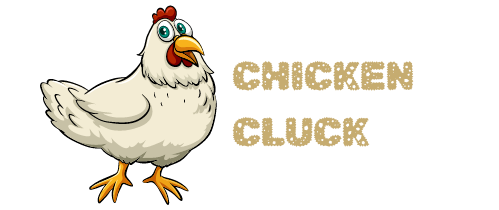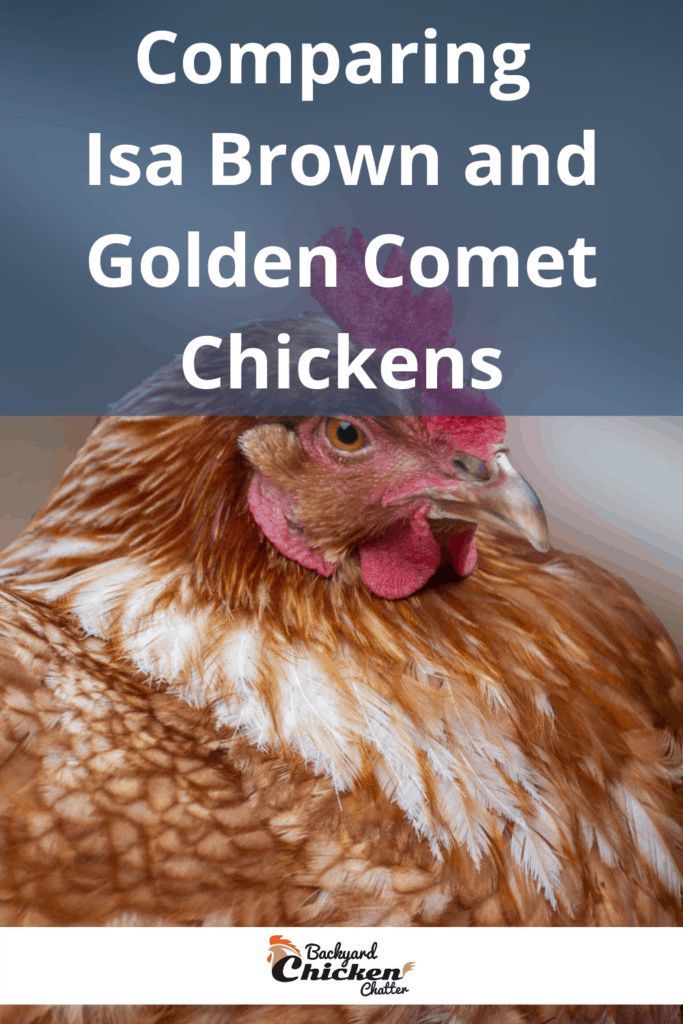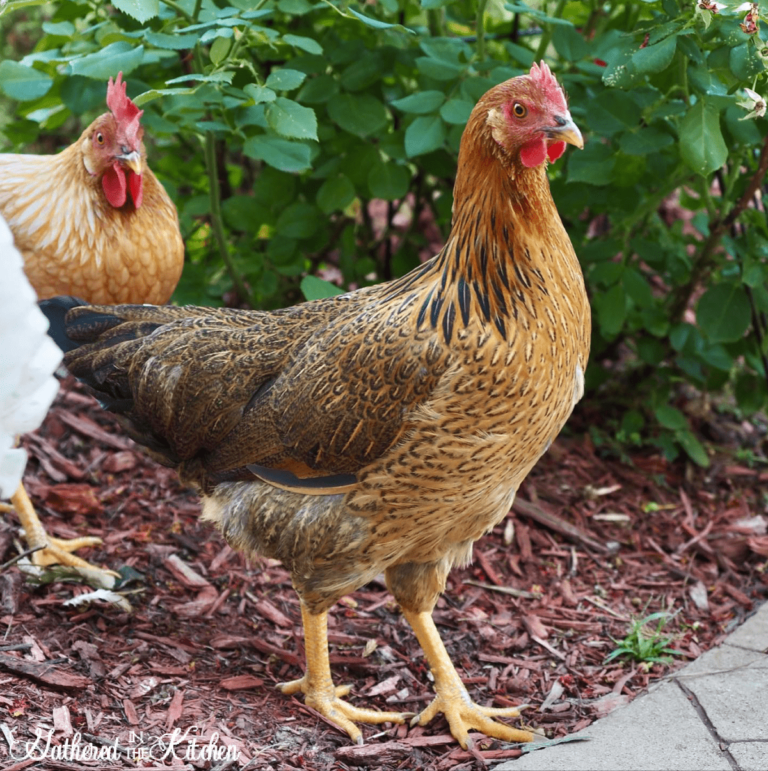The Buff Brahma rooster is larger and more flamboyant than the hen, featuring an impressive plumage and larger comb. The hen is smaller, with softer plumage tones and a more subdued comb.
Buff Brahmas, a striking variety of the Brahma chicken breed, are a popular choice for poultry enthusiasts due to their size, gentle nature, and attractive appearance. Recognized for their massive build, Brahma roosters can weigh up to 12 pounds, making them one of the largest chicken breeds.
They boast a full plumage that includes feathered legs and toes, adding to their robust look. The hens, while also large and well-feathered, weigh less, typically around 9. 5 pounds, and present a more muted color palette in their feathers. Their smaller combs make them better suited for colder climates as they are less prone to frostbite. Both genders share a calm demeanor and are known for their good-natured personalities, making them fantastic farmyard pets and a favorite in show rings.
Distinctive Traits Of Buff Brahma Chickens
The Buff Brahma Chicken stands out with its stunning features and gentle demeanor. This variety offers a unique blend of aesthetic appeal and practical utility.
Origin And Breeding History
The Buff Brahma breeds’ roots reach back to the early 1900s. Developed in America from Asian stock, the Brahma was once a meat champion. As breeders focused on this bird, they prized it for its size and strength.
Physical Appearance And Size
Notable for their commanding presence, Brahma chickens display a range of eye-catching traits. These chickens have a pea comb, making them well-suited to cold weather. Their feathered legs and feet showcase a unique fluffy appearance.
- Roosters can weigh up to 12 pounds.
- Hens are slightly smaller, with weights around 9.5 pounds.
Both sexes boast a golden buff base color, complemented by black tail feathers and richly penciled neck feathers. The Brahma’s size and colors make it a standout bird in any flock.
The Buff Brahma Rooster
The Buff Brahma rooster stands as a majestic figure among chicken breeds. With its striking feather pattern and robust body, it captivates onlookers and chicken aficionados alike. Distinguished from the hens, the Buff Brahma rooster brings unique qualities to the coop. Understanding these regal birds is key to appreciating their role and presence in the flock.
Rooster’s Size and Stature
Rooster’s Size And Stature
The sheer size of the Buff Brahma rooster commands attention. As one of the largest breeds, it boasts an imposing presence. Check out these numbers to grasp their magnificent size:
| Characteristic | Rooster | Hen |
|---|---|---|
| Weight | Up to 12 pounds | Up to 10 pounds |
| Height | Up to 30 inches | Up to 28 inches |
Brahma roosters showcase heavy, dense feathering that adds to their bulk, accentuating their sturdy legs and broad shoulders.
Behavioral Characteristics
Behavioral Characteristics
Despite their size, Buff Brahma roosters often exhibit a calm and gentle temperament. Their behavior is fascinating:
- Known for their patience and amiability
- Less prone to aggression than other breeds
- Good-natured around children and other animals
A rooster may crow to assert its dominance or to communicate with the flock, but Brahma roosters typically maintain a serene composure.
Role in the Flock
Role In The Flock
In the flock, the Buff Brahma rooster fulfills essential roles. They include:
- Protector: Vigilantly guarding against predators
- Provider: Finding and sharing food resources
- Peacekeeper: Maintaining order among the hens
Their impressive stature paired with their protective instincts make them natural guardians of the flock. The rooster ensures the safety and structure needed for a harmonious coop.
The Buff Brahma Hen
The Buff Brahma chicken is a sight to behold with its soft golden feathers and majestic stature. Known for their size and calm demeanor, these hens bring beauty and utility to any backyard flock. Let’s dive into the unique qualities of the Buff Brahma hen.
Hen’s Egg-laying Capabilities
Buff Brahma hens are reliable egg layers, although they might not top the charts. They typically lay 3-4 eggs per week, which can amount to impressive yearly numbers.
- Medium to large eggs are the norm.
- They provide brown-colored eggs that are hearty and nutritious.
- Peak laying typically occurs in their first few years of life.
Mothering Instincts
Buff Brahma hens exhibit a natural inclination to motherhood. Their gentle nature makes them excellent mothers. They often go broody and take care of their chicks with great care.
| Characteristic | Description |
|---|---|
| Broodiness | Often willing to sit on eggs |
| Chick Care | Protective and nurturing |
| Flock Integration | Introduces chicks to the flock gently |
Social Hierarchy Among Hens
In the world of chickens, the pecking order is real, and Buff Brahma hens are no exception. These birds navigate their social structure daily.
- Alpha Hen: Asserts dominance and maintains order.
- Middle Tier: Hens often share roles and responsibilities.
- Lower Rank: Younger and less dominant hens often find themselves here.
Despite their large size, Buff Brahmas are often peaceful and can integrate well with various breeds.
Physical Comparisons
The Buff Brahma chicken is a sight to behold, with the rooster and hen boasting distinct characteristics. Let’s dive into the physical attributes that set these birds apart.
Feather Patterns And Colors
Buff Brahma roosters and hens share a similar feather pattern but differ slightly in color intensity. The roosters often exhibit richer, more vibrant hues, while the hens sport subtler tones. Both genders feature the characteristic black and white feathering on their necks and tails, a signature mark of the breed.
Comb And Wattle Differences
Roosters boast larger combs and wattles compared to their female counterparts. These are bright red, signaling their vigor and status within the flock. Hens wear a smaller comb and wattle, practical for their role in laying and rearing chicks.
Body Shape And Feathering
Buff Brahma roosters present a more pronounced upright stance and a heftier body compared to hens. Hens have a rounded, compact frame ideal for nesting. Their feathering also sets them apart; roosters have long, flowing saddle feathers that cascade majestically down their sides, while hens feature a more uniform feathering suited for broodiness and warmth.
Vocalizations And Sounds
Understanding the vocalizations and sounds of Buff Brahma chickens enriches the experience of raising these majestic birds. These vocal cues serve as a window into their fascinating social world. Let’s explore how roosters and hens communicate through unique sounds.
Rooster Crowing Patterns
Buff Brahma roosters stand out with their distinct crowing. This sound marks their territory and keeps the flock in check. It often follows a consistent pattern:
- Early morning announces the start of the day
- Crow bursts throughout the day maintain order
- Sunset signals roosting time for the flock
Crowing patterns can indicate changes in the environment or the rooster’s health. Listening closely to these cues can provide valuable insights into their well-being.
Hen Communication
Unlike roosters, Buff Brahma hens have a tidbitting language. Here’s how they ‘talk’:
| Sound | Meaning |
|---|---|
| Soft cluck | Gathering chicks |
| Bock bock | Laying an egg |
| Purring | Contentment |
These sounds create a cohesive community among the hens. A keen ear can differentiate each hen’s call, revealing their unique personalities and moods.
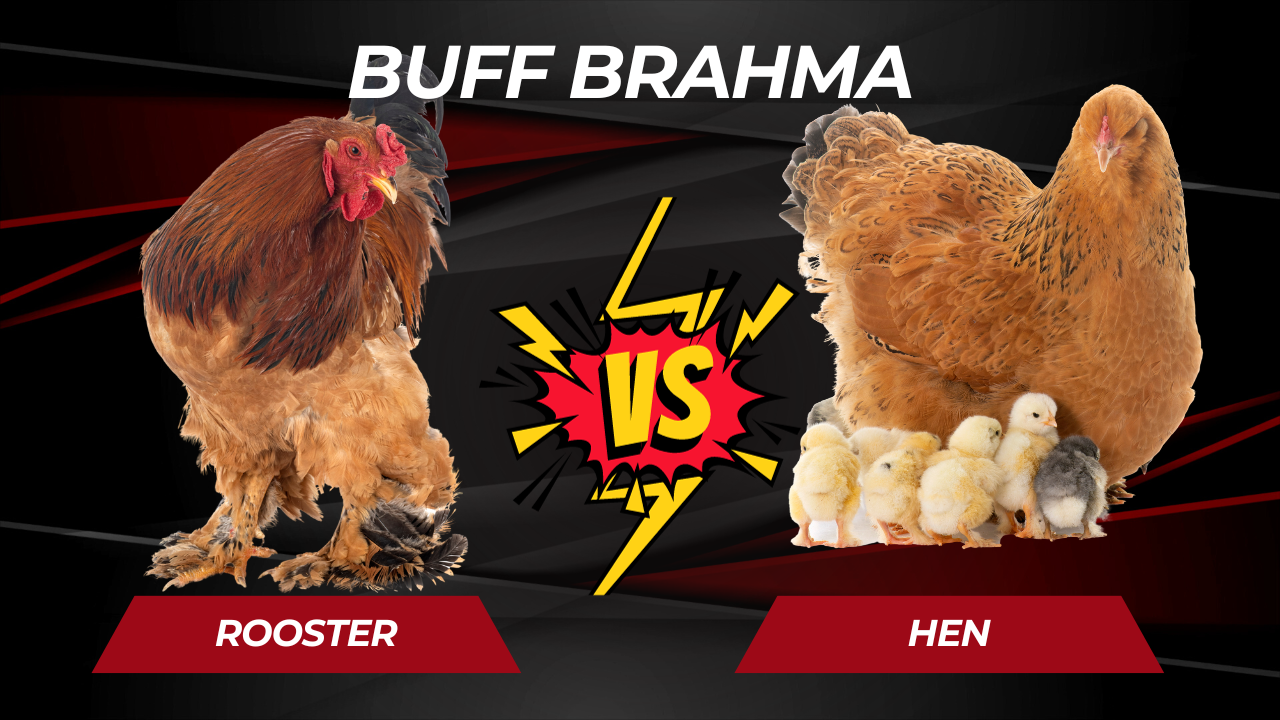
Temperament And Interaction
Welcome to the delightful world of Buff Brahmas, where feathers are fluffy and personalities shine. These gentle giants of the poultry realm are renowned for more than their stunning appearance; their disposition and social habits make them a favorite among backyard chicken enthusiasts. Dive into the nature of these feathered friends as we explore the temperament of both roosters and hens and their unique ways of interacting with humans and their kin.
Handling Buff Brahma Roosters
Buff Brahma roosters boast a calm and regal demeanor, setting them apart in the poultry community. Despite their impressive size and stance, they are known for being incredibly gentle and easy to handle, making them a suitable choice even for families with young children. Engaging with these roosters requires patience and a gentle touch:
- Approach slowly to avoid startling them.
- Speak in a soft, reassuring tone to maintain their calm.
- Offer treats from your hand to build trust and encourage positive association.
Remember, positive reinforcement through treats and gentle handling is key to nurturing a friendly and approachable Buff Brahma rooster.
Interacting With Buff Brahma Hens
Buff Brahma hens are sociable creatures with a penchant for companionship. Their sweet nature makes them a joy to interact with on a daily basis. Here are some tips to foster a strong bond with them:
| Interaction Tip | Details |
|---|---|
| Encourage Curiosity | Allow them to investigate their surroundings and come to you. |
| Regular Contact | Handle them often to maintain a friendly relationship. |
| Observation | Watch for individual personality quirks to tailor your approach. |
Creating a safe and loving environment will ensure your Buff Brahma hens are content and engaged. Whether rooster or hen, these birds’ remarkable temperament and unique interaction styles are sure to bring joy to any poultry lover.
Breeding And Reproduction
Breeding and reproduction in Buff Brahma chickens are vital for preserving this majestic breed. Known for their size and strength, it’s important to understand the difference between the robust roosters and the graceful hens. Effective breeding strategies ensure the continuation of their desirable traits.
Selecting Breeding Pairs
Securing the future of the Buff Brahmas begins with choosing the right breeding pairs. One must assess the birds’ health, temperament, and physical attributes. Optimal pairing magnifies the breed’s characteristics and maintains genetic diversity. Here’s a simple guide to making the best selection:
- Examine feather quality: Look for shiny and full plumage.
- Assess body structure: Choose birds with strong, typical Brahma frames.
- Check for vigor: Active and alert birds are preferable.
- Consider age: Pair mature roosters with younger hens for best results.
Fertility Challenges
Buff Brahmas sometimes face fertility issues that can hinder reproduction. Such challenges are more common in chickens as they age. Detecting and addressing these concerns early amplifies successful outcomes. Here’s what to watch for and how to manage:
| Challenge | Signs | Solutions |
|---|---|---|
| Poor Egg Quality | Thin shells, misshapen eggs | Improve diet with calcium supplements |
| Low Sperm Viability | Fewer fertilized eggs | Restrict rooster’s weight, maintain a healthy diet |
| Nesting Issues | Hens not laying in nests | Provide secluded, comfortable nesting areas |
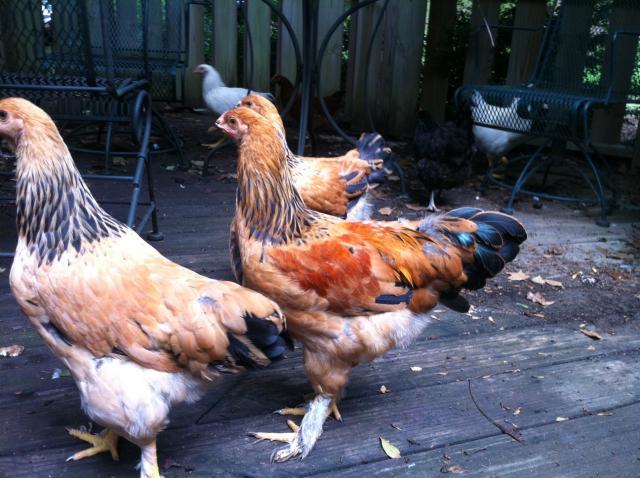
Credit: www.backyardchickens.com
Health And Care Considerations
Caring for Buff Brahma chickens means understanding their specific needs. Both roosters and hens require attention to thrive. Proper diet, shelter, and health management ensure these birds live healthy, happy lives. Let’s look into the care these magnificent chickens need.
Dietary Needs
To keep Buff Brahmas in peak condition, their diet is vital. Quality feed balances nutrients these birds need. Offer a mix of grains, proteins, and greens. Fresh water should always be present. Let’s explore their feeding requirements:
- Chick Starter: Offer high-protein starter feed for the first weeks.
- Layer Pellets: Transition to layer pellets as hens begin laying eggs.
- Grains and Vegetables: Provide grains and fresh vegetables for variety.
- Calcium Boost: Egg-laying hens need extra calcium for shell strength.
Common Health Issues
Disease prevention in Buff Brahma flocks is critical. Regular health checks catch issues early. Check for parasites, injuries, and signs of illness. Vaccinations help prevent certain diseases. Here’s a table listing common health concerns:
| Health Issue | Signs to Watch For | Prevention/Treatment |
|---|---|---|
| Parasites | Loss of feathers, listlessness | Regular deworming and coop cleaning. |
| Respiratory Infections | Coughing, sneezing, labored breathing | Good ventilation, vaccinations |
| Foot Injuries | Limping, swelling | Proper coop flooring, prompt treatment |
Shelter Requirements
Proper shelter keeps Buff Brahmas safe. They need space to forage and roost comfortably. Ensure the coop provides protection from weather and predators. Here are the key aspects:
- Space: Large birds like Brahmas need ample room.
- Ventilation: Coops must have good airflow to prevent disease.
- Protection: Secure the area to keep out foxes, hawks, and rodents.
- Nesting Boxes: Provide one box per 3-4 hens for egg laying.
Choosing Between Rooster And Hen
Deciding to add a Buff Brahma to your backyard coop brings a big question. Do you opt for a majestic rooster or a dedicated hen? This choice affects your flock’s dynamics and your own lifestyle. Buff Brahmas are known for their size, gentle nature, and distinctive feather patterns. Let’s explore what you need to consider when selecting between a Buff Brahma Rooster and Hen.
Considerations For Backyard Flocks
When crafting the perfect backyard flock, think about your goals. Here are key points:
- Space: Roosters need more space due to their size and activity.
- Noise level: Roosters crow, which might not be neighborhood-friendly.
- Flock protection: A rooster often guards the flock against threats.
- Social dynamics: Roosters can change the pecking order, affecting flock harmony.
Impact On Egg Production
A hen’s ability to lay eggs is a prized trait for many owners. Here are some considerations:
| Factor | Hen | Rooster |
|---|---|---|
| Egg production | Can lay eggs | Does not lay eggs |
| Egg fertilization | Requires a rooster for fertilization | Necessary for breeding |
Without a rooster, your hens’ eggs will be unfertilized, which suits those not wishing to hatch chicks.
Long-term Commitment
Both roosters and hens require long-term care, but their needs differ:
- Life span: Brahmas can live up to 8 years, requiring a commitment.
- Care: Hens may require more attention during laying periods.
- Cost: Consider feed, housing, and healthcare for your bird’s lifetime.
Choose a hen for eggs and a quieter life; opt for a rooster if you plan to breed or want a bold flock protector.
Conclusion
Exploring the differences between Buff Brahma roosters and hens reveals fascinating insights. Each brings unique characteristics to the backyard coop, from the rooster’s striking plumage to the hen’s nurturing nature. Embracing their distinctive roles ensures a harmonious and productive environment.
Whether you’re an avid poultry keeper or a curious reader, the majestic Buff Brahma never fails to impress.
